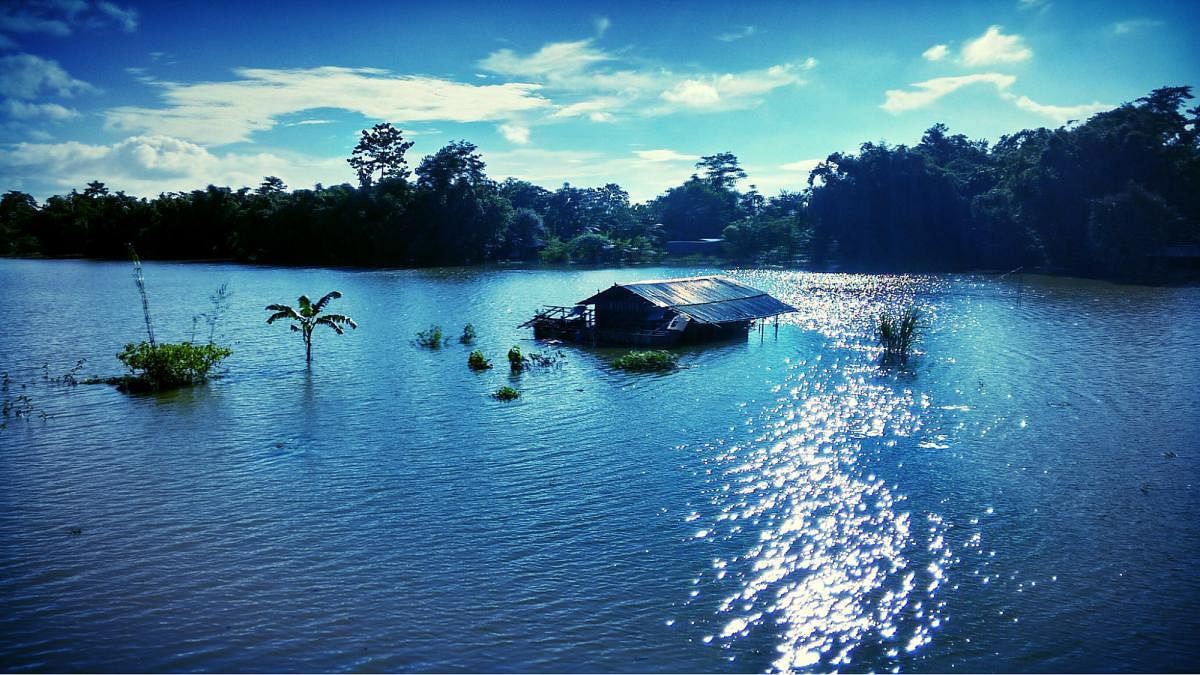
The year 2022 is important. It not only marks the 75th anniversary of India’s independence, but it also marks the 50 years of institutional environmentalism in India. Coincidently, a week after we celebrated 25 years of Independence, the Lok Sabha passed the Wildlife (Protection) Bill, 1972, making it the first environmental legislation in Independent India.
Moreover, in 1972, the National Committee for Environmental Planning and Coordination (NCEPC), the predecessor of the environment ministry, was also established. And it was in 1972 that Indira Gandhi gave her famous speech at the United Nations Conference on the Human Environment in Stockholm. A line in her address – poverty is the greatest polluter – became the leitmotif of a generation of environmentalists and continues to dominate the environmental discourse in the country. At this juncture, when we should be celebrating the golden jubilee of institutional environmentalism alongside the Azadi Ka Amrit Mahotsav, it is important to look back and see where we are and in which direction we are moving.
To start with, we have made significant progress on the environmental front, but we have also had serious setbacks. I will list three notable successes and corresponding roadblocks that typify the journey of the last 50 years.
First, the sentiment for environmental protection is now ‘mainstreamed’. Today everyone agrees about the need to protect the environment and solve the climate crisis. But the intent is not translating into sustainable practices due to the lack of capacity, institutional roadblocks and social inertia.
Second, we have developed a comprehensive legal and institutional framework to deal with every aspect of the environment – forest, wildlife, pollution, waste management, and resource conservation. But there is a wide gap between the laws and their implementation due to the top-down approach and weak institutions.
Third, we can take pride in the fact that we have been able to increase our forest cover and protect wildlife to a large extent. However, the same cannot be said about the human environment. Our cities, villages, farmlands, waterbodies, and airshed are all under tremendous stress due to growing population, ever-increasing consumption, and a shrinking natural resource endowment.
In the last 50 years, our population has increased by 2.5 times (by 80 crores) and GDP by 13.5 times. On the other hand, our per capita arable land and freshwater resources have shrunk by 60%. Without fundamental changes in our production and consumption systems, the degradation of land, air and water would continue, with severe consequences on health and the economy.
In a nutshell, the experience of the past five decades teaches us to avoid half-hearted efforts and piecemeal solutions. This is even more important today because our challenges are far more complex and existential. We not only have to deal with traditional issues (land, water and air) but also the climate crisis. Solving this dual challenge requires a new paradigm of environmental governance. So let me propose a five-point agenda for the same.
First, we must revamp existing laws and institutions and make them future-ready. All the major environmental legislations were enacted in the 1970s and 1980s, and they need a serious relook in the light of the climate crisis.
Second, we need to build on our success in protecting the wilderness by increasing protected areas by giving greater stake to the local communities. Currently, only about 5% of India is protected. This number needs to increase by protecting all ecosystems— forests, grasslands, oceans, rivers, and deserts.
Third, we should strengthen local government and promote bottom-up solutions.
Fourth, we have the opportunity to build the most advanced economy based on renewables, circular economy and nature-based solutions. This will create jobs, protect the environment and help mitigate the climate crisis.
Lastly, we need social movements for grassroots action. History shows that a mass movement is essential to achieve larger societal goals. We cannot meet the environmental challenges of the 21st century without individual responsibility and collective efforts.
(The author is CEO iForest.)